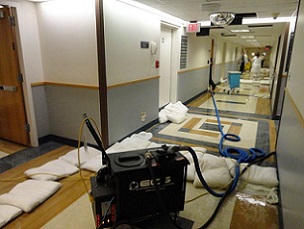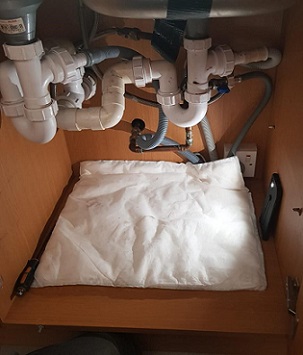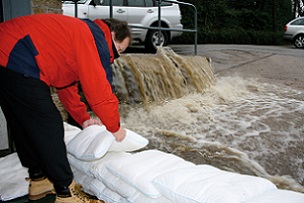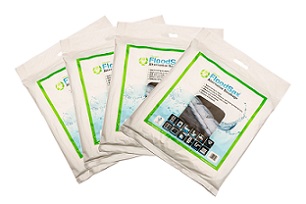 FloodSax in action soaking up a severe flood inside a hospital
FloodSax in action soaking up a severe flood inside a hospital
 FloodSax can soak up leaks and floods in the hardest to reach places
FloodSax can soak up leaks and floods in the hardest to reach places
 FloodSax alternative sandbags can hold back torrential floodwater
FloodSax alternative sandbags can hold back torrential floodwater
 FloodSax come vacuum-packed so are incredibly space-saving to store
FloodSax come vacuum-packed so are incredibly space-saving to store
Massive increase in floods in UK hospitals and NHS sites … but how many of them are prepared for highly damaging internal leaks and floods?
A major flood at a UK hospital has shown how vulnerable all hospitals are to internal escapes of water and costly flooding as the number of such incidents continues to rise alarmingly.
Leicester General Hospital suffered severe flooding in its basement on Saturday, July 27, 2024 caused by a faulty valve on a main pipe. The water supply to the hospital had to be switched off while urgent repairs were carried out and some medical appointments were cancelled and rearranged.
It highlights a growing number of floods and escapes of water in UK hospitals which cause severe and costly damage, along with disruption to patients.
There were 176 serious flooding incidents at NHS sites across the UK between April 2021 and March 2022 but these rose to 279 in 2022/2023, according to NHS Digital. That’s a rise of almost 60% in just one year.
The floods could be internal escapes of water as happened in Leicester – after all, every hospital will probably have miles of water pipes – through to flooding caused by torrential rain getting in through leaky roofs, windows and doors.
The statistics only relate to serious floods so there will be many more which are not classed as serious yet need prompt action to prevent damage or to stop the flood from spreading.
Some of the flooding will no doubt involve leaking sewage and escaping water can spell an immediate health and safety risk for patients and staff as they could quite easily slip and fall on it.
The best way NHS trusts can be prepared for any flooding either inside or out is to have FloodSax alternative sandbags on the site which are space-saving to store yet quick and easy to deploy. This means the NHS estates maintenance teams are ready to deal swiftly with flooding day and night, 7 days a week and 365 days a year.
In their dry state FloodSax are very flat with a large surface area so the gelling polymer inside them can soak up leaks, spills and floods, even in the hardest-to-reach places such as beneath water pipes.
Pop one on the floor and it will soak up the spillage and will also be instantly visible which is vital for health and safety to prevent staff and patients from slipping on the wet surface. Mopping a floor just tends to move the wetness around.
Immerse FloodSax fully in water and the gelling polymer will absorb up to 20 litres and retain it so the FloodSax is transformed into an instant sandless sandbag, ideal at keeping torrential floodwater from getting in through doors and air bricks.
Lucy Bailey from FloodSax manufacturers Environmental Defence Systems Ltd, based in Huddersfield, West Yorkshire, said: “FloodSax is an ultra-flexible and multi-purpose way to deal with leaking water or floods. They are way better and more environmentally friendly than traditional sandbags.
“This is why they are now the first choice for many large businesses such as supermarkets and main retailers, public buildings and facilities management companies.”
For more on FloodSax go to www.floodsax.com